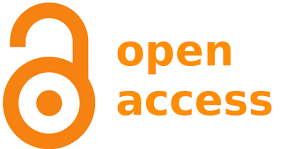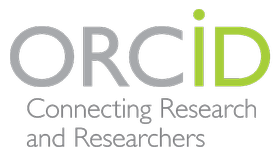School-Based Enabling Programs: Creating Opportunity and Connection
DOI:
https://doi.org/10.5204/ssj.2436Keywords:
High School, enabling programs, transitions, enabling transition pedagogyAbstract
A growing body of literature and rhetoric from the secondary sector recognises that traditional senior secondary curriculums are not catering to all university aspirational students. This need created an opportunity for University Preparation Pathways (UPP) at Murdoch University to provide a transitional path for an underserviced cohort. FlexiTrack High (FTH), a pioneering school-based enabling program, demonstrates how effective course design can create opportunities for underserviced cohorts, contribute to the Government’s goal of raising tertiary participation rates amongst young people and foster connections between tertiary and secondary institutions. Utilising a second-generation Enabling Transition Pedagogy (ETP), this report explores the pedagogical underpinnings of an effective school-based program. Autoethnographic data obtained through a unique collaboration between Murdoch and partnerships schools, as well as quantitative progression data and student surveys, provide early indicators of the wide range of impacts an explicit model of this nature can have on students and schools.
In this Practice Report, Figure 1 and 2 titles were originally attributed to Jones et al. 2016 and Jones et al. 2022. The model was originally developed by Kift, Nelson & Clarke (2010) and adapted by Jones et al. This correction to the text and figure titles clarifies the relationship between the original model/s and the adaptations. The Correction Notice can be found at https://doi.org/10.5204/ssj.3662
Downloads
Downloads
Published
How to Cite
Issue
Section
License
Copyright (c) 2022 Anita Olds, Angela Jones, Rebekah Sturniolo-Baker, Shane Clark, Jaimee Dawson, Wesley McGrath, Curtis Plumb, Catherine Schwartz, Carmel White

This work is licensed under a Creative Commons Attribution 4.0 International License.
Authors retain copyright and grant the Journal right of first publication with the work simultaneously licensed under a Creative Commons Attribution International Licence (CC BY 4.0) that allows others to share the work with an acknowledgement of the work's authorship and initial publication in this journal.







